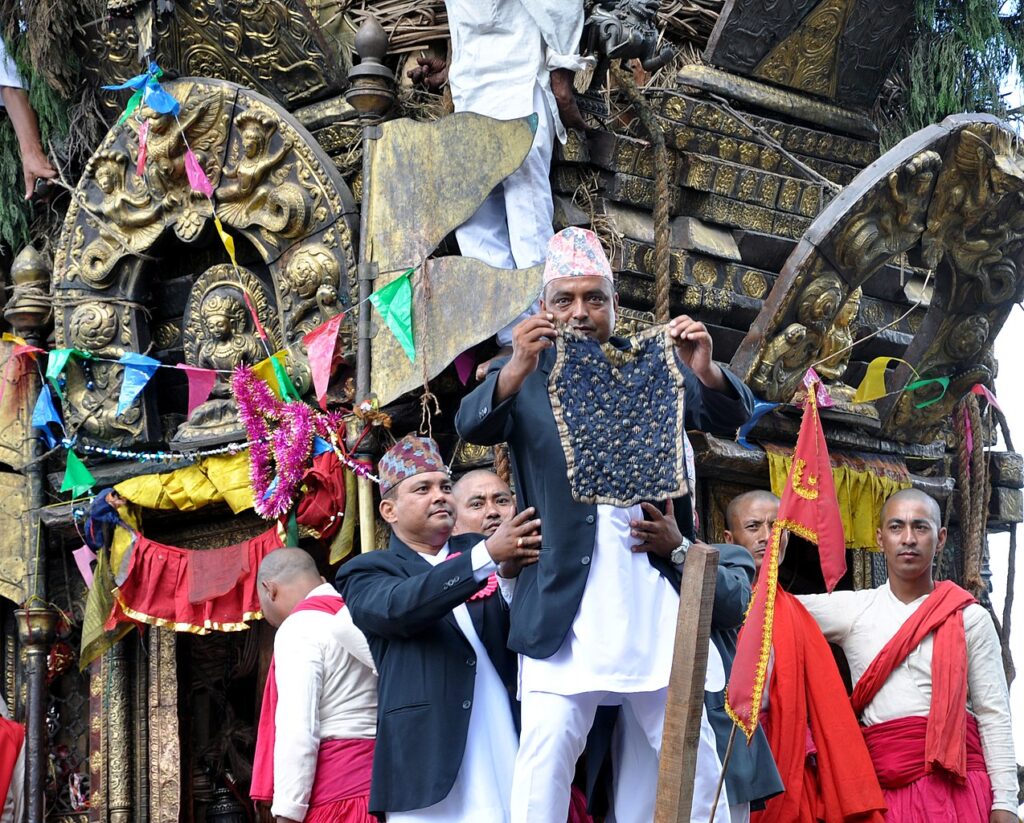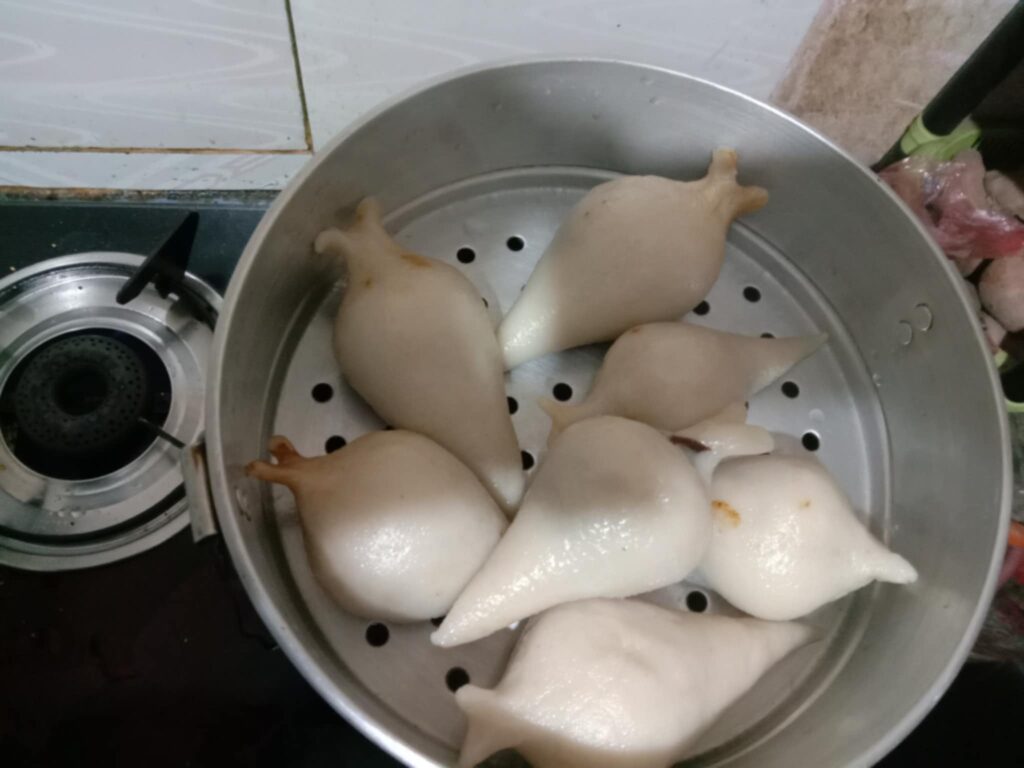Bhoto Jatra
Celebrating Tradition and Legend: The Sacred Display of Bhoto Jatra in Patan, Nepal
About Bhoto Jatra
The final day of a month-long Rato Machhindranath Jatra is observed as the Bhoto Jatra. During this, the Bhoto is displayed to the public so that the rightful owner comes forward to claim the Bhoto with the concrete proof of ownership. In Newari language, Bhoto is known as Pwaklo, so this Jatra is also referred as Pwaklo Jatra.
The exact date of the celebration can vary each year as it follows the lunar calendar. When the Machhindranath rath reaches Jawalakhel, Lalitpur; the priests then search for an auspicious date as per lunar calendar to pull the rath to Lagankhel. It’s the last day of the month-long Machhindranath Jatra and the day to celebrate Bhoto Jatra.
The story behind Bhoto Jatra
The Mythical Origins of the Bhoto: A Serpent King’s Gift
Centuries ago, in the valley, Taudaha Lake was home to Karkotak, the king of all snakes. Karkotak embarked on a journey to heal his wife’s eye ailment, seeking the assistance of a healer-farmer in Bhaktapur. The healer agreed, and, as promised, the snake king rewarded him with riches, including a black Bhoto adorned with dazzling diamonds.
The farmer proudly wore the Bhoto, catching the attention of all in the valley. However, a jealous ghost, coveting the vest, stole it when the farmer momentarily set it aside while working on his farm.
The Farmer’s Pursuit and the Festival Encounter
The farmer chased the ghost through town, reaching Bhaktapur’s wide plains during the Red Rain God Machhindranath’s festival. Believing the ghost to be present, the farmer spotted the diamond’s reflection in the dying sun. Sneaking up on the ghost, an argument ensued, leading to the involvement of King Gunkampdev’s guards.
The King’s Fair Judgment
Presented before King Gunkampdev, both the farmer and the ghost pleaded their cases. The king, just and fair, decided that the Bhoto would be held by the Machhindranath chariot priests until either party could provide concrete proof of ownership.
The Farmer’s Quest for Proof
Returning to Taudaha Lake, the farmer sought the snake king Karkotak’s help. Karkotak agreed to be a witness, promising to arrive taller than others in a storm. The farmer, waiting for three days at the festival, failed to find the snake king amidst the crowd. Despite a wind increase, there was no storm.
On the third day’s end, with no one coming forward to claim the Bhoto, the priests initiated the tradition of Bhoto Jatra. The Bhoto is displayed annually, waiting for someone to provide concrete proof of ownership.
How is Bhoto Jatra observed in Present Times?

As part of the ritual, an employee of Guthi Sansthan Lalitpur displays the Bhoto from the pinnacle of the chariot of the Rato Machhindranath deity towards four different directions. This Jatra is observed by a large number of people, including the President of Nepal and other high officials such as the Vice President, Prime Minister, Deputy Prime Minister, Home Minister, and other ministers. The Kumari of Lalitpur also participates in the observation of the Bhoto Jatra.
Share it :

